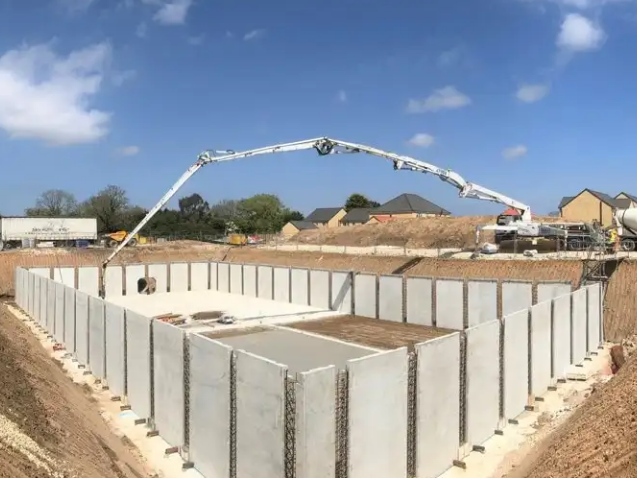Three Primary Stormwater Management Practices
Stormwater runoff is the rainwater falling on the impervious ground from rainfall or snowmelt. As city surfaces cannot absorb the rainwater, it causes flooding, erosion, and pollution problems. Stormwater runoff is also a leading cause of water pollution. To mitigate the effect of problems caused due to stormwater pollution it is important to manage stormwater.
Traditional stormwater management practices are effective in detaining flood waters and water quality management. Additionally, the stormwater carries pollutant loads, particularly from immediate storm event that requires additional water quality treatment to protect stream water quality and aquatic habitats.
Here are some modern techniques for stormwate management techniques:
- Stormwater attenuation system- This system includes a stormwater attenuation tank that can be stored underground. The tank receives rainwater falling on impervious surfaces of a commercial and domestic campus. Once water is stored in this tank, it can be diverted to the main storm drains at a moderate rate. Diverting the water into the stormdrain at a moderate rate eliminates the extra pressure on pipes. Plus, it helps in preventing stormwater pollution by allowing the rainwater to be collected more neatly.
- Dry detention basins- These ponds are designed to confine stormwater for a short period of time. During any storm events, it collects the stormwater runoff. Storing the water in this pond and leaving it for sometimes allow the particles and pollutants to settle down at the bottom. This cleaner water is then slowly released into a stream or storm sewer system. The outlet must be maintained to eliminate the risk of erosion.
- Retention Basins- Retention basins are useful in treating stormwater runoff by emulating the water treatment capabilities of natural watersheds. Runoff that collects in the basin undergoes natural treatment processes: sedimentation allows for particles, organic matter, and metals to be removed, and biological uptake from plants, algae, and bacteria work to further remove pollutants. Retention basins maintain a constant level of water, only releasing to receiving water after large storm events; one of the main differences between dry ponds and retention basins.
Conclusion- While both detention basins and retention basins are effective in preventing flood, stormwater attenuation system is a better technique. While the responsibilities for stormwater management rest primarily with municipalities, by installing stormwater attenuation plants in cities, the problem can be mitigated to multiple times.


Comments
Post a Comment